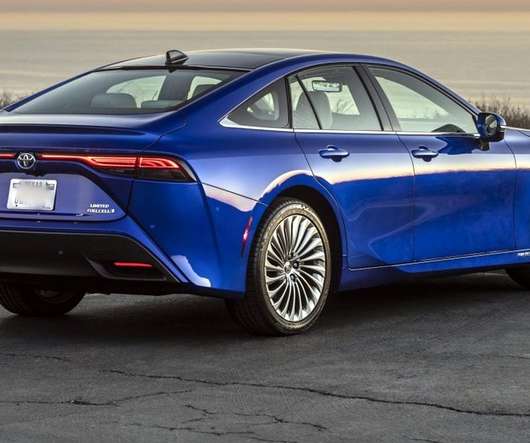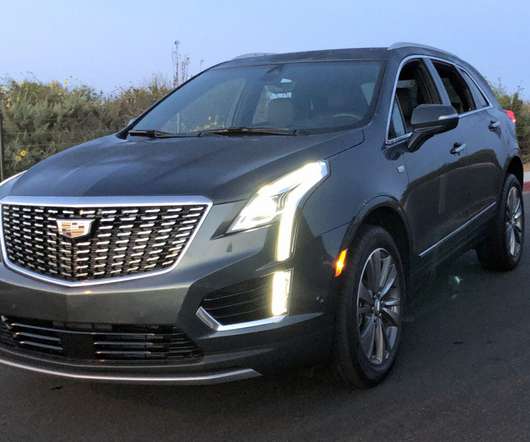DOE awarding $19.4M to 22 advanced vehicle technologies projects; Mercedes-Benz, GM Li-S battery projects
Green Car Congress
JULY 12, 2017
The three selected EEMS projects will conduct research that evaluates energy savings benefits from connected and automated vehicles. The award is from the FY 2017 Vehicle Technologies Program-Wide Funding Opportunity (DE-FOA-0001629) issued in December 2016. ICME Low Cost Carbon Fiber (Area of Interest 2). Earlier post.)

















Let's personalize your content